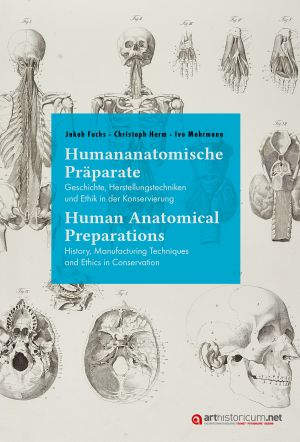How to Cite
License (Chapter)

This work is licensed under a Creative Commons Attribution-NonCommercial-NoDerivatives 4.0 International License.
Published
Die Neuaufstellung der Anatomischen Sammlung der HfBK Dresden
Hintergründe und Begehung
The anatomical collection at the Dresden University of Fine Arts is one of the most valuable collections of its kind in Europe. As part of a research project founded by the Federal Ministry of Education and Research, the collection was reorganized in 2019 – 2020 according to its special features, value and significance. The article presents an insight into the preconditions, curatorial concept and implemented measures. These measures transformed the formerly disorganized collection, which was partially in a precarious state, into an attractive collection for teaching and exhibition. The collection has a very comprehensive inventory of objects for teaching and exhibition from different eras and also includes many unique pieces from the field of art-anatomical visualizations. This is mainly due to the fact that from 1810 onwards, highly committed artists, medical doctors and artist-anatomists taught the subject of anatomy at the Dresden University of Fine Arts. Many of the protagonists designed teaching aids themselves and contributed them to the collection. The article is supplemented by a chronological list of these individuals.







